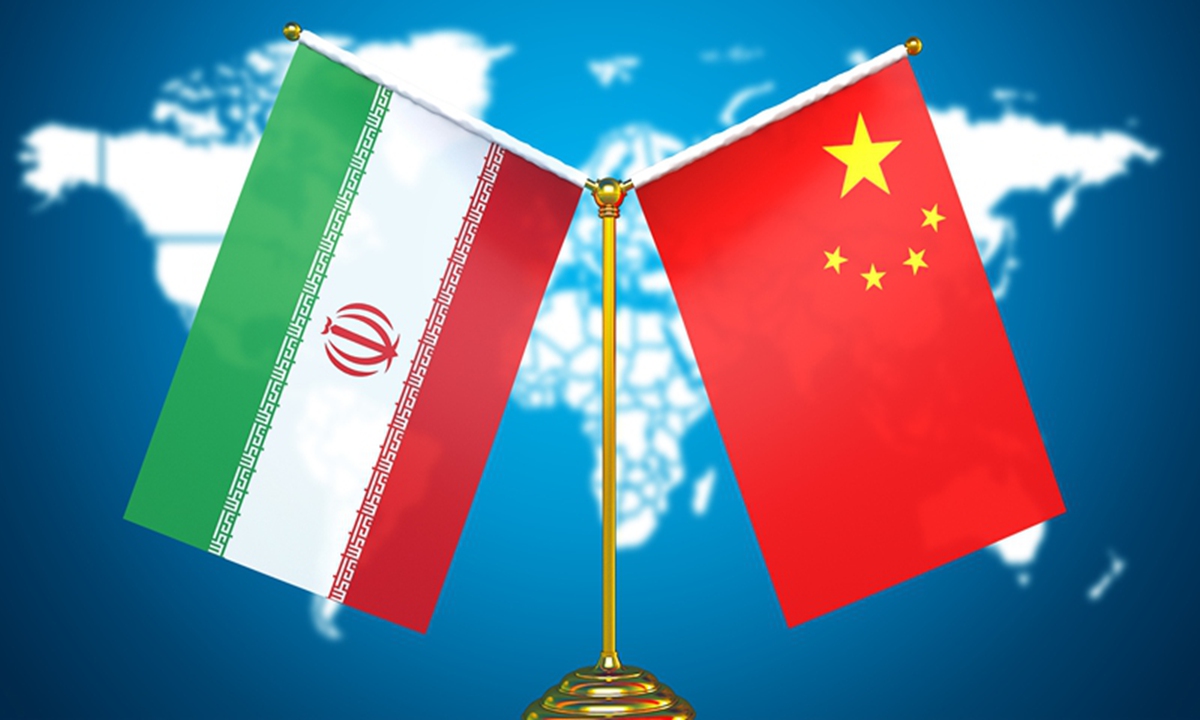
China Iran photo:VCG
China and Iran signed a memorandum of understanding (MOU) on Tuesday about promoting exchanges and cooperation in the field of cultural heritage after Chinese President Xi Jinping met with Iranian President Ebrahim Raisi, which has been seen as one of the important achievements of Raisi's visit to China.
The MOU aims to establish an institutional framework for China-Iran cooperation throughout the entire field of cultural heritage, covering diverse aspects such as joint archaeology, conservation and restoration of cultural relics, jointly holding exhibitions of cultural relics, World Heritage applications and cracking down on cultural relic smuggling, as well as academic research, according to a press release from the National Cultural Heritage Administration.
Signing the MOU will deepen and expand exchanges and cooperation between China and Iran in the field of cultural heritage, jointly protect and pass on the common achievements of human civilization and promote exchanges and mutual learning between civilizations.
Both China and Iran are cradles of Eastern civilization and are rich in cultural heritage resources, and the exchanges between the two countries in the field of cultural relics have a long history and have expanded to broader areas. Iran is one of the first batch of countries that approved the joint initiative to protect Asian civilization proposed by Xi in a keynote speech at the Conference on Dialogue of Asian Civilizations in Beijing in May 2019.
In May 2021, China and Iran signed a statement to jointly carry out conservation of cultural heritage. The statement said that the two sides both encourage to cooperate on restoring ancient ruin sites, underwater archaeology and survey of cultural resources. The two sides also promised to seek out more opportunities to cooperate on combating cultural relic-related crime, build a cooperation network for the recovery and return of cultural relics and promote the digital sharing of lost cultural relics.
China and Iran have made some achievements in the field of cultural heritage over the past few years. Chinese archaeologists at Nanjing University and Iranian archaeologists formed a joint archaeological team to excavate the Tepe Naderi, an Iranian national heritage located along the ancient Silk Road, in March 2016. The team unearthed a bowl made of blue and white porcelain that originated from China's Yuan Dynasty (1279-1368), thus uncovering proof of the cultural exchanges that have existed between the two countries since ancient times.
Experts said that the cultural agreement signed by China and Iran is an important part of promoting the Belt and Road Initiative (BRI).
"China and Iran are two ancient civilizations with long histories. They've been closely connected since the days of the ancient Silk Road. Therefore, the cultural cooperation between the two countries has a profound historical foundation as well as pragmatic value," Huo Zhengxin, an expert on art repatriation and a law professor at the China University of Political Science and Law, told the Global Times.
Huo said that before the agreement, cultural organizations in both China and Iran had carried out joint archaeological projects on several occasions.
"Iran has been an important member of the BRI. In the past, many cooperative projects may have focused on economic development and trade exchanges. This time, the emphasis on cultural cooperation between the two countries will not only promote people-to-people exchanges, but also is of great significance to strengthening the BRI," Huo said.
China has carried out 28 joint archaeological projects with more than 10 Asian countries. These projects have further summarized the historical context, splendid achievements and contributions Chinese civilization, and Asian civilization in general, have made to world civilization and provided strong support for further revealing the origins and development of Asian civilization.
Since 1998, when China launched its first cooperative restoration project at the Chau Say Tevoda Temple in Angkor, Cambodia, the footprint of Chinese cultural experts in Asia has extended to 11 historical sites in six Asian countries, including Uzbekistan, Myanmar and Kyrgyzstan.




